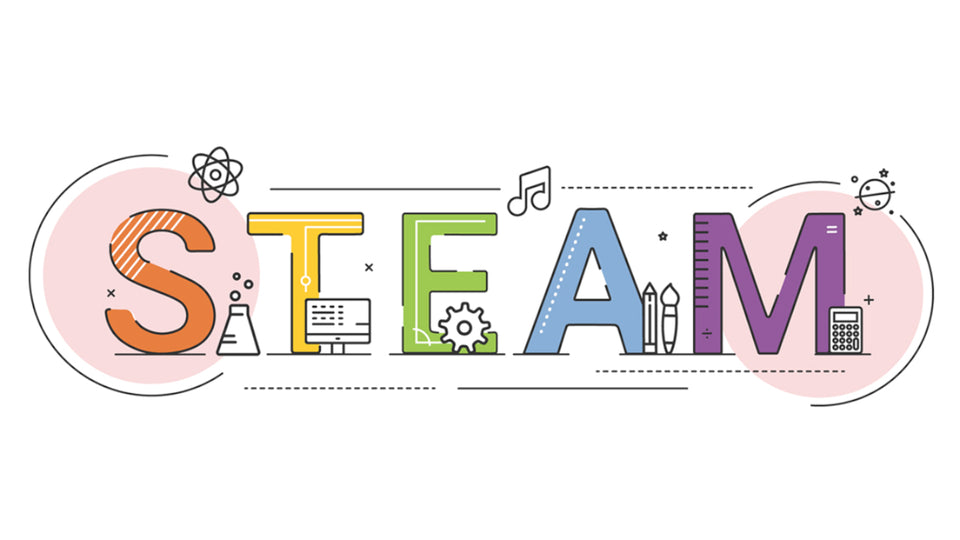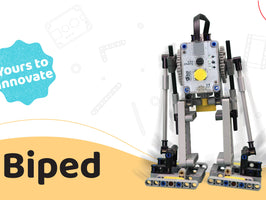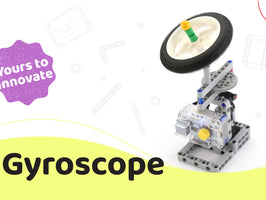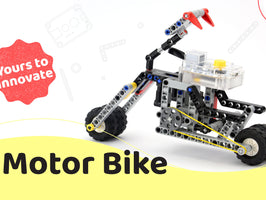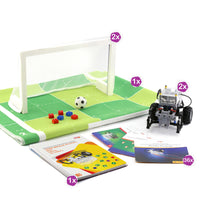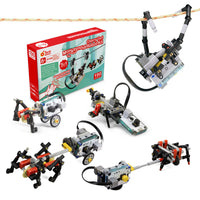What is STEAM Education?
STEAM stands for science, technology, engineering, arts, and math. It's an educational approach to teaching and learning that encourages students to work on real-world problems.
Why kids need to learn STEAM?
Jobs requiring STEAM skills are growing faster than any other profession. Adopting the STEAM curriculum into educational programs will have a major impact on student's post-education opportunities. World Economic Forum has predicted that the top three skills that future work-force need is complex problem-solving, critical thinking, and creativity. STEAM education encourages students to explore and solve real-life problems, thus enhancing their logical thinking, creativity, teamwork skills, and more. The benefits of STEAM education for kids:
- Helps students to solve real-world problems.
- Builds problem-solving, critical thinking, and innovation skills.
- Encourages students to learn through hands-on experiments.
- Encourages students to explore their talents and find their passion for their future carriers.
- Inspire collaborative work and leadership skills.
- Offers an interdisciplinary approach to education.
Robots in STEAM education
The future of the global economy will be more automated and technology-driven than what it is today. Artificial intelligence and robotics will play a major role in the way we live. Therefore, future work-force will need to be more innovative and need to know computer science and robotics literacy.
The benefits of using robots in STEAM education
Robots in STEAM education are designed to be kids-friendly and are built to serve educational purposes. They show the real-world applications of science, engineering, technology, mechanical, electronic systems as well as coding. However, the other benefits are as follows.
- Providing multi-sensory and hands-on learning experiences for kids.
- Making learning fun and engaging to increase the capacity for learning.
- Helping children to understand how technology can be used in solving real-world problems.
- Showing how physics and mathematics concepts work.
